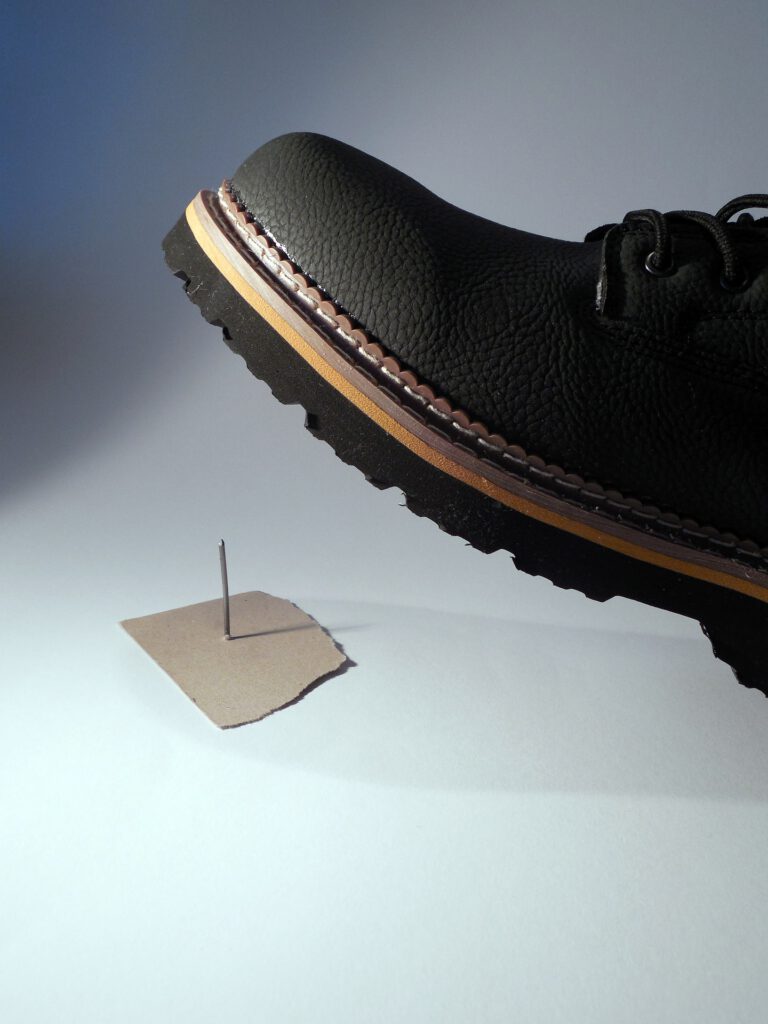How universities and colleges are adapting to reduce accidents

Accidents can happen in any public place or building, making universities and colleges no exception to the rule.
The most common types of accidents which occur on campus include slips, trips and falls, injuries caused by defective equipment, sports injuries and food poisoning.
Colleges and universities are adapting many health and safety measures to keep their students and staff members safe and to reduce the number of accidents which occur on their premises.
True Solicitors, a leading accident at work solicitor group, investigates the best practices to implement to help reduce accident rates in colleges and universities.
Slips, Trips and Falls
Slips, trips and falls are fairly commonplace on educational premises.
They usually occur due to:
- Obstructions in the classroom or corridors in the form of bags and cables being left on the floor.
- Staff members and students carrying heavy or awkward shaped objects causing them to trip or fall.
- Wet surfaces due to cleaning or spillages.
- Uneven surfaces and poor lighting.
- Staff or students wearing inappropriate footwear.
To prevent avoidable slips and trips from happening on university or college grounds there are many simple solutions to put in place.
Including:
- Following the correct cleaning procedures
Wet and dirty surfaces often lead to accidents.
Best practices to follow to avoid accidents caused by slippery surfaces include:
- Cleaning up spillages promptly
- Drying wet surfaces after cleaning
- Displaying wet floor signage
- Using the correct cleaning detergent
- Using high quality entrance mats so that excess water and muck is removed from shoes as people enter the building
- Ensure staff and students wear appropriate footwear
- Making sure that faculty and students wear closed toe shoes
- Supplying staff members who work in kitchens, science laboratories or technology departments with appropriate PPE footwear, such as steel capped boots
- Check flooring and lighting standards
- Replacing loose or damaged floorboards
- Ensuring all areas with heavy foot traffic are well lit and that steps are clearly visible
- Removing any obstacles from flooring e.g. tidy up loose cables and ensure that bags are placed under desks with no trailing handles or straps
- Using anti-slip flooring in workshop areas
- Installing anti-slip and hi-vis treads on stairs
- Carpeting main corridors
Defective Equipment
Schools, colleges, and universities have a duty of care to ensure that their pupils and staff members are safe whilst on teaching premises.
Accidents caused by using defective equipment can be minimised by carrying out regular checks and maintenance on classroom equipment such as Bunsen burners, machine tools, materials and chemicals, as well as sports equipment used in physical education.
It is also necessary to carry out regular checks on the safety of desks, chairs, and doors to avoid accidents caused by trapped fingers.
Sports Injuries
Injuries caused through playing sport are very common, especially in sports which use equipment such as tennis, cricket, and in athletics. In order to reduce the amount of accidents, colleges and universities must ensure that all equipment is properly maintained and up to standard, along with training staff and students to use equipment safely.
Food Poisoning
Although not strictly an accident, cases of food poisoning are fairly common. In order to avoid and reduce the number of food poisoning incidents, canteens and kitchens must follow strict food preparation guidelines.
This includes maintaining a clean kitchen environment, ensuring the correct refrigeration, and use of preparation equipment such as knifes and chopping boards to avoid cross-contamination.
Asbestos
Old school and college buildings are historically known to contain asbestos. Prolonged exposure to asbestos can lead to respiratory illnesses such as asbestosis and mesothelioma.
It is important to note which rooms in the school still contain asbestos, so that everyone is made aware not to attach anything to the walls and ceilings that may disturb the asbestos.
Active Risk Assessments
In order to help reduce the number of accidents on school and university premises’ educational institutions should carry out active risk assessments to:
- Identify hazards
- Identify who and how people may be harmed
- Assess the level of risk
- Keep an accurate, detailed recording of all findings, with action points for improvement
- Carry out regular reviews of health and safety assessments throughout each term
The HSE have a handy, free, downloadable health and safety classroom checklist that covers a list of potential hazards.











Responses